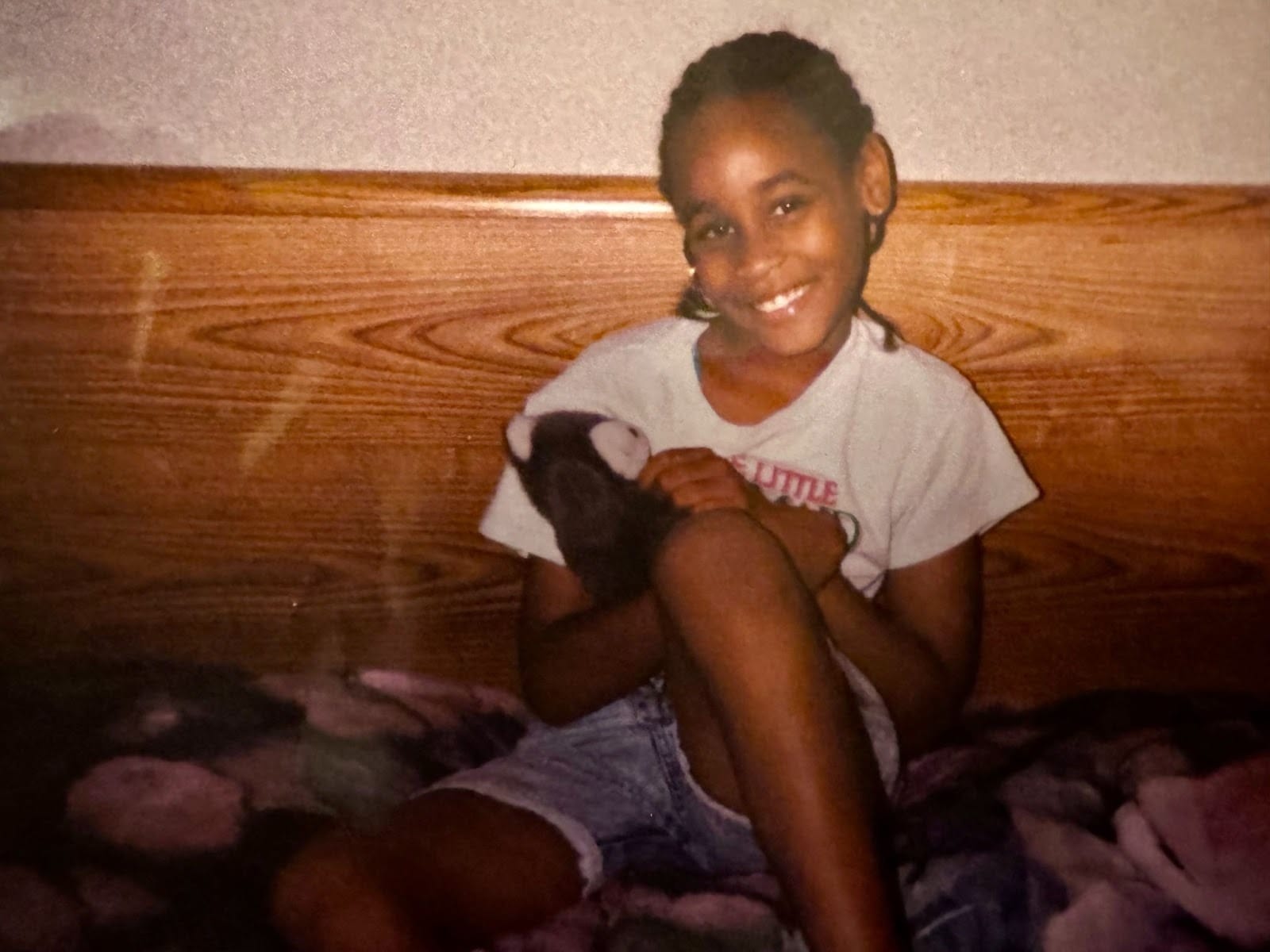Is D.C. ready for ranked-choice voting?
Educating voters will be a big task ahead of the 2026 local elections.
For our columnist, two festivals along Georgia Avenue captured the feeling of being raised by this city.

Dear reader, let me start by saying this: what you’ve asked of me feels impossible. When I think about what defines my childhood in D.C., I realize it’s not one story but a symphony stitched together by sound and movement. Choosing a single moment is like trying to order when you’re already hungry; everything sounds good, everything feels essential.
I grew up in Columbia Heights in the 1990s and early 2000s. As I recall that time, a few words come to mind: innocence, whimsy, curiosity, and most of all, possibility. I was an “outside kid,” a tiny adventurer roaming until the sky dimmed. Being indoors while laughter and music carried on without me felt like punishment. My childhood was defined by motion, by hand games on the blacktop, basketballs against backboards, sneakers skidding on gravel, and backflips off chain-link fences. I know this city not only in my mind but in my body.
But my emotions are also layered — muddy, even. Because what I know now that I didn’t know then is that everything changes, whether we’re ready or not. And D.C. — of all places — has reinvented itself at a pace few cities can match. The city I knew has transformed a dozen times over. I often say, “My parents’ generation lived through the rubble, and mine was part of the rebuild.” My childhood moved to that rhythm, against the hum of construction and the pulse of new beginnings.

My childhood was molded by overlapping customs and traditions, by the sound of community, the mingling of cultures, and the joy and resilience that played out in the open air. The best examples of this were two festivals along Georgia Avenue that captured all the action, the magic, and the feeling of being raised by this city.
My first time at Georgia Avenue Day — a festival born in the 1980s to celebrate the neighborhood’s rich culture, uplift small businesses, and revitalize the Georgia Avenue corridor after the devastation of the 1968 riots — was in 1996, the summer before I turned ten.
The streets were buzzing. DJ Flexx’s The Water Dance spilled from the speakers, commanding us to throw our hands in the air, ending in that familiar crescendo: “Get in the water!” The pocket was irresistible and we couldn’t help but to oblige. Folks of all ages piled onto Banneker Field, waiting for the day’s lineup of Go-Go bands. Barbecue smoke hung in the air, snow cones dripped down my wrist. Elders two-stepped near the curb, kids jumped rope between parked cars. Georgia Avenue Day was D.C. distilled — joy, flavor, pride, and the sense that everybody belonged to everybody, if only for a little while.
And then there was the D.C. Caribbean Carnival, which carried its own kind of magic. Rooted in the grand Caribbean tradition of Carnival, it was brought to the city in 1993 by DC Caribbean Carnival, Inc. to foster cross-cultural awareness and celebrate the vibrant cultures of Caribbean immigrants who helped shape D.C.’s identity.
On a hot June afternoon, a sea of melanated bodies adorned in bright, shimmering costumes gyrated down Georgia Avenue as far as the eye could see. Heavy bass thumped through the pavement as men with bullhorns called out, “Jump and wave!” Flags from across the Caribbean rose high in the air. My eyes widened at the sight of dancers on stilts, grand headdresses glinting in the sun, and folks dressed as butterflies, bats, and sailors, enticing the crowd, never missing a beat. The streets were thick with bodies; jerk chicken sizzled on the grill, bachata and cumbia floated from corner stores, and Guardian Angels kept a watchful eye as the parade wound its way down the avenue.
The D.C. Caribbean Carnival was a time and my first real glimpse of the expansiveness of the African diaspora. For me, D.C. as a melting pot wasn’t metaphor or abstraction; it was a live, sweeping force pulsing through the crowd. Our differences, whether subtle or bold, didn’t divide us, they moved us – literally – to the same beat. Whether it was rice and peas or red beans and rice, whether the drums rumbled into a slow groove or snapped into a quick syncopation, it was all love; just different shades of the same hue. Chocolate City was in full effect. It was thrilling.
Now, as I stare forty squarely in the eyes, I find myself looking back on all the versions of the city I’ve known, and all the versions of myself that grew alongside it. D.C. raised me not through stillness, but through the everyday music of a place that taught me how to listen and how to feel.
The days of my youth still shape how I listen, how I navigate transition, and how I build community wherever I go. D.C. taught me that identity isn’t fixed; it’s lived and reimagined, just like the city itself.
With your help, we pursue stories that hold leaders to account, demystify opaque city and civic processes, and celebrate the idiosyncrasies that make us proud to call D.C. home. Put simply, our mission is to make it easier — and more fun — to live in the District. Our members help keep local news free and independent for all: